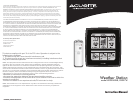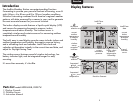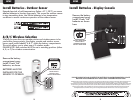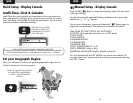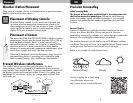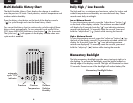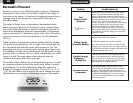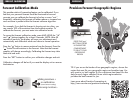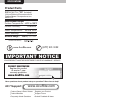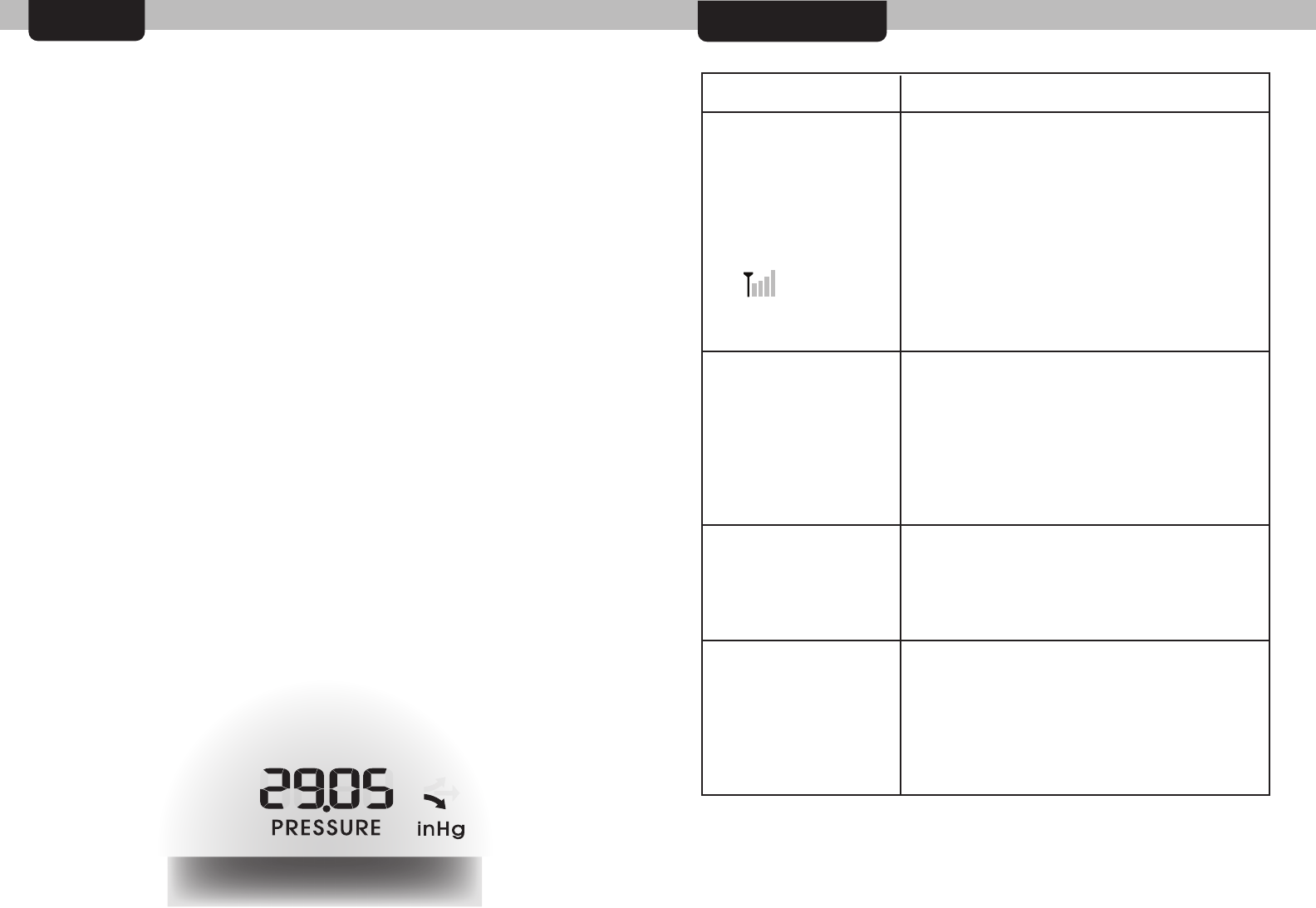
TROUBLESHOOTING
1110
Barometric Pressure
USE
Barometric pressure, also called atmospheric pressure, is defined as
the pressure at any location on the Earth, caused by the weight of
the column of air above it. At sea level, atmospheric pressure has an
average value of one atmosphere, and gradually decreases as
altitude increases.
The weight of the air mass, or atmosphere, that envelopes Earth
exerts pressure on all points of the planet's surface. Meteorologists
use a tool called a barometer to measure atmospheric pressure. At
sea level the atmospheric pressure is approximately 1 kilogram per
square centimeter (14.7 pounds per square inch), which will cause a
column of mercury in a mercury barometer to rise 760 millimeters
(30.4 in).
Subtle variations in atmospheric pressure greatly affect the weather.
Low pressure generally brings rain. In areas of low air pressure, the
air is less dense and relatively warm, which causes it to rise. The
expanding and rising air naturally cools, and the water vapor in the
air condenses, forming clouds and the drops that fall as rain. In high
pressure areas, conversely, the air is dense and relatively cool, which
causes it to sink. The water vapor in the sinking air does not
condense, leaving the skies sunny and clear.
This weather station displays the current barometric pressure, as well
as a pressure indicator arrow of the trend (rising, falling or steady),
pictured below. The multi-variable history chart also tracks and
display the changes in pressure for the last 12 hours (-12, -6, -3, -2,
-1, 0). The chart allows you to monitor the rate of change over time.
These features can assist you in forecasting changes in the weather.
Problem
Bad
Wireless Sensor
Reception
Display Console
Screen Not Working
Possible Solution(s)
no bars
Relocate the display console and/or the outdoor
sensor. The units must be within 330 feet (100
meters) of each other. Make sure both units are
placed at least 3 feet (.91 m) away from electronics
that may interfere with the wireless communication
(such as TVʼs, microwaves, computers, etc).
NOTE: It may take up to 20 minutes for the display
console to re-synchronize with the sensor when
batteries are replaced. Use lithium batteries in
sensor when temperature is below -4ºF (-20ºC).
Make sure the A-B-C switch selection in the battery
compartments of both the display unit and sensor
match each other.
Batteries may need to be replaced.
Check that batteries are correctly installed.
Press the reset button located on the back of the
display unit to reset the entire unit. Please note that
all of the date and time information will need to be
entered manually after a reset.
Precision Forecast
displaying “- -”
for high/low
Precision Forecast
is Inaccurate
The Precision Forecast will not display predicted
high or low temperatures for the first few hours
after powering on or resetting. During this initial
learning mode, the weather forecast will collect
data to learn your weather patterns.
If the forecast seems wildly inaccurate, make
certain that your geographic region is selected
properly. The geographic region selection can
drastically affect the accuracy of the forecast. See
“FORECAST CALIBRATION” to learn how you
may fine tune and improve the accuracy of the
forecasting feature.



